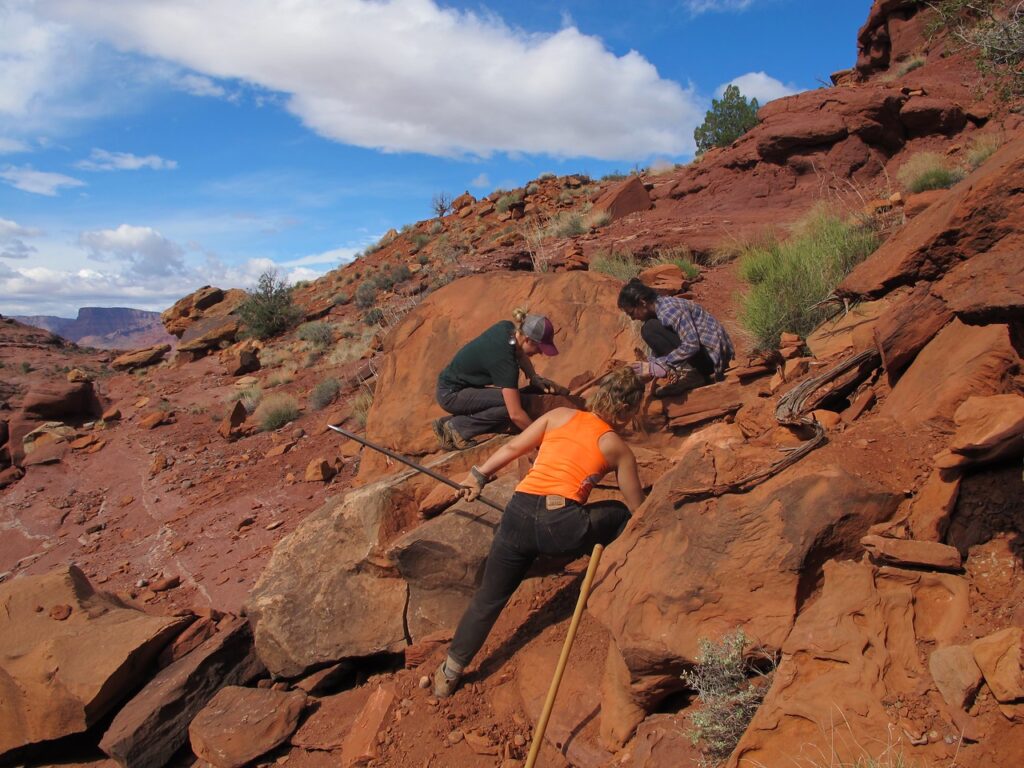
ST. GEORGE — The term “backlog” – though fitting for wilderness areas – doesn’t begin to describe the number of maintenance projects that have been deferred for more than a year at national parks and on other public land.
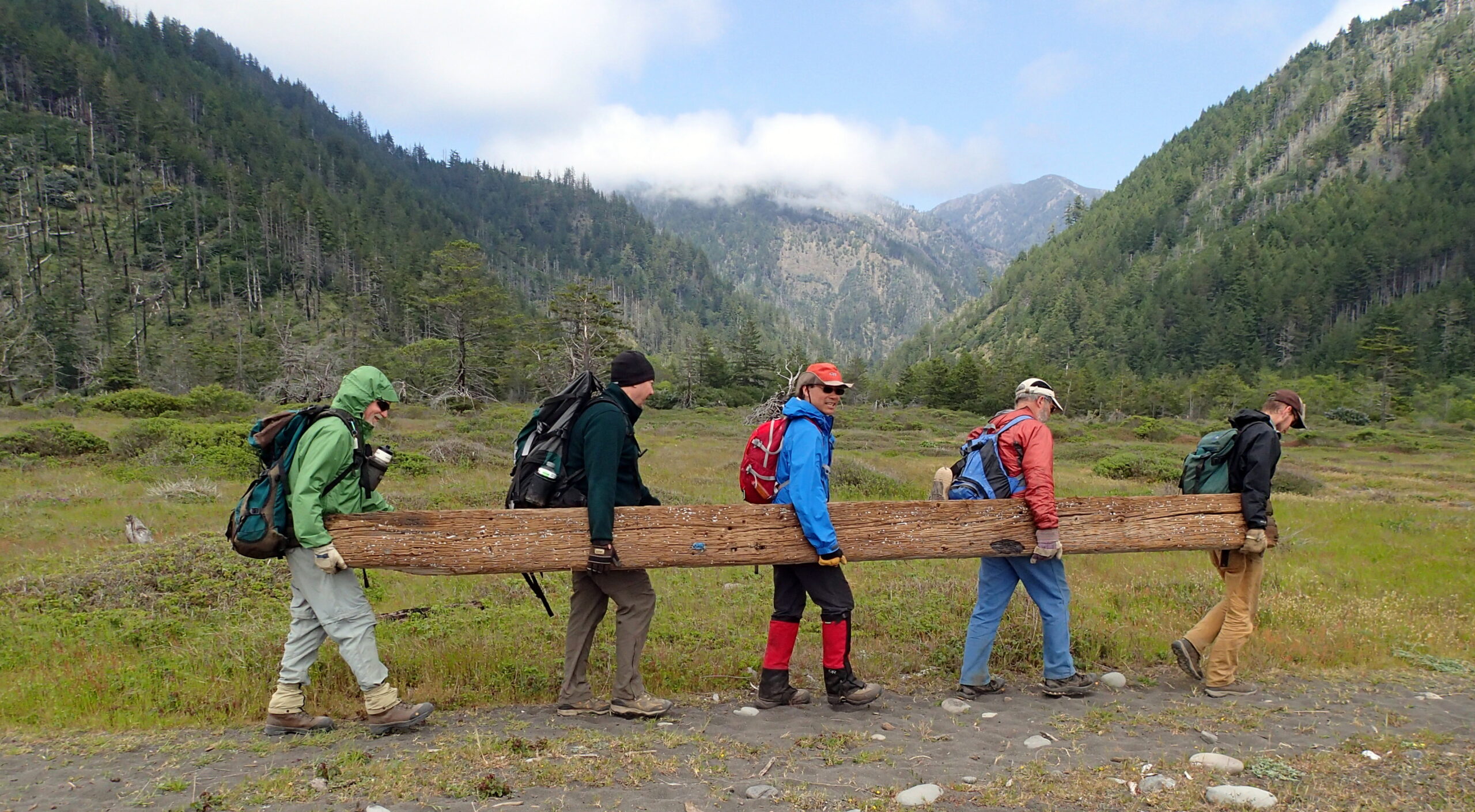
A 2021 report by the Congressional Research Service estimated the total cost of deferred work on federal land totaled more than $25 billion.
With budget constraints and limited staff, agencies such as the National Park Service, Bureau of Land Management and U.S. Forest Service have had to rely on volunteers and nonprofit partners to help tackle the backlog.
In fact, one long-term partner based in the Southwest is preparing to mark two and a half decades of work in Utah, Arizona and just about every other state with a slate of 35 volunteer projects in 2022.
“For the last 25 years, Wilderness Volunteers has been partnering with public land management agencies on maintenance projects that they would not otherwise be able to accomplish without the help of volunteer crews like ours,” Executive Director Carrie Henderson said. “This is stuff they’d love to get done on their own, but our public lands are so strapped for resources.”
After receiving project proposals from public agencies, Wilderness Volunteers plans, organizes and staffs week-long service trips with volunteer crews and leaders. To date, Wilderness Volunteers has provided over 310,000 hours of service on public lands — the equivalent of over $7 million in labor
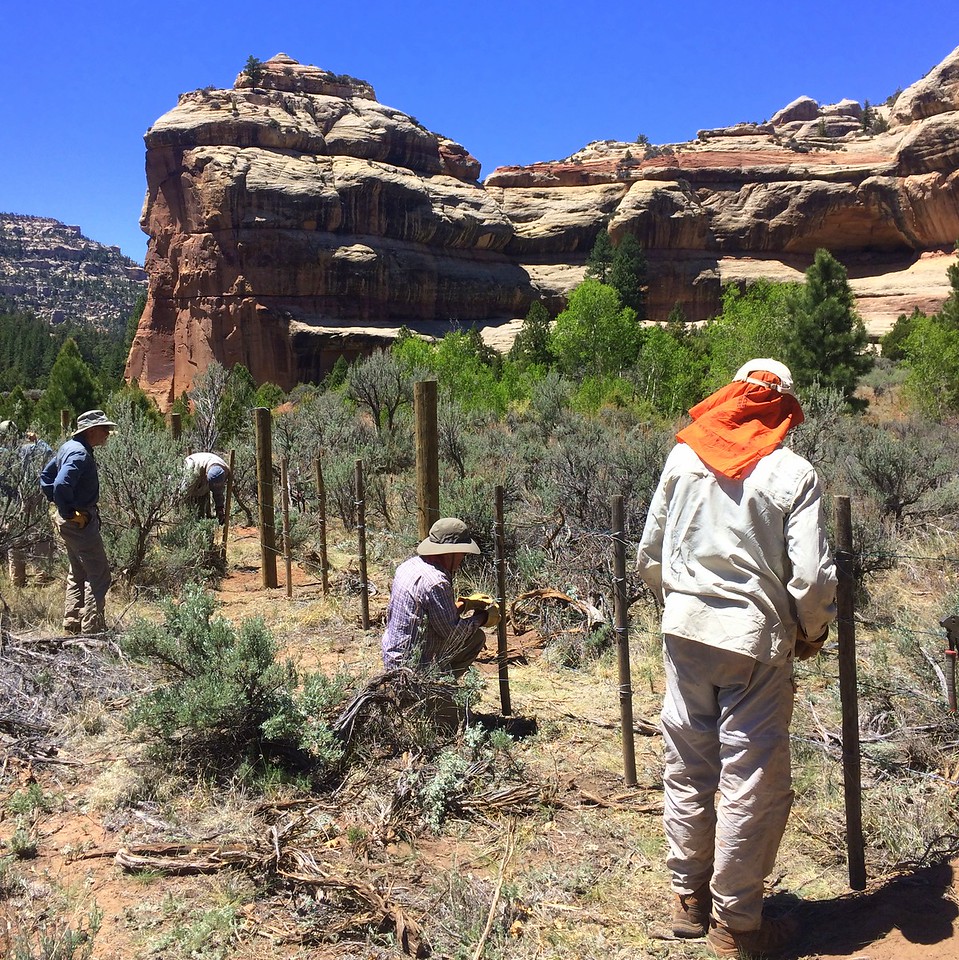
“A lot of it is trail maintenance or new trail construction,” Henderson said. “Included in that is erosion control and wildfire mitigation, as well as fence removal or fence repair that helps wildlife migration. We also have at least one trip every year that is an archeological survey project, so our volunteers actually assist forest archaeologists with surveying sites.”
This year’s archaeological project will be held in Allen Canyon near Blanding, one of five projects Wilderness Volunteers has planned in Utah for 2022. The other projects involve trail work and fence repair in and around Hildale, Escalante, Bryce Canyon National Park and Canyon Rims Recreation Area.
The nonprofit has had a presence in Utah for much of its history, completing dozens of projects in the vicinity of Moab, Escalante and Monticello. Some returning volunteers credit Utah and its scenery with keeping them engaged in conservation work.
“Once I got to Escalante, I was kind of hooked there,” said Christopher Riccardo, a volunteer leader that’s worked with the nonprofit since 2004. “The Colorado Plateau is Disneyland for me.”
Riccardo has traveled to Utah from his native Chicago for years, volunteering his time and energy to root out invasive Russian olive trees along the Escalante River as well as complete other needed maintenance at multiple projects around the state.

Besides the food (included as part of the $375 registration fee) and company, Riccardo said what keeps him coming back is the satisfaction of seeing his work improve the areas he’s visited.
“We’ll go out to places that haven’t been touched in years and barely look like trails anymore,” Riccardo said. “Then when we get done there’s a beautiful trail for hikers or joggers, and it’s pretty rewarding. I would also say I don’t think you ever really get to know a park the way you would coming out to a wilderness volunteers project. It just kind of blows your mind.”
Volunteers choose their projects based on travel considerations, expected difficulty/physical demands and personal preference. Projects are available by registration to physically able participants over the age of 18, and work sites may be accessible by short walk from a designated campsite or require miles of strenuous backpacking.
As a volunteer opportunity at a cost, Henderson said the Wilderness Volunteers is keenly aware of the accessibility issues facing conservation work and the challenges of keeping operating costs low. In addition to a scholarship program for college students, the nonprofit is considering offering shorter trips for those with less flexible work schedules.
“We were founded by people that saw a need for a more affordable option for regular people to be able to get out in the wilderness and give back to public lands,” she said. “People who really spend a lot of time outside and care about these public lands are the ones that are going to get involved and give back, whether it’s in their backyard or taking this as an opportunity to travel somewhere new.”
Photo Gallery
Volunteers build trails and complete maintenance in the vicinity of Canyon Rims Recreation Area, San Juan County, Utah, date unspecified | Photo courtesy of Wilderness Volunteers, St. George News Wilderness volunteers work along the Lost Coast in Northern California, Humboldt County, Calif., date unspecified | Photo courtesy of Wilderness Volunteers, St. George News Wilderness volunteers work near Denali National Park and Preserve, Denali, Alaska, date unspecified | Photo courtesy of Wilderness Volunteers, St. George News A 2017 project completed by Wilderness Volunteers included trail work to improve access to Grandstaff Canyon, Castle Rock and Fisher Towers, Grand County, Utah, date unspecified | Photo courtesy of Wilderness Volunteers, St. George News Wilderness volunteers complete work in the King Range National Conservation Area, Humboldt County, Calif., 2013 Photo courtesy of Eric Mak/Wilderness Volunteers, St. George News A group of Wilderness Volunteers that completed maintenance and archeological survey work in Southeast Utah's Dark Canyon, San Juan County, Utah, date unspecified | Photo courtesy of Wilderness Volunteers, St. George News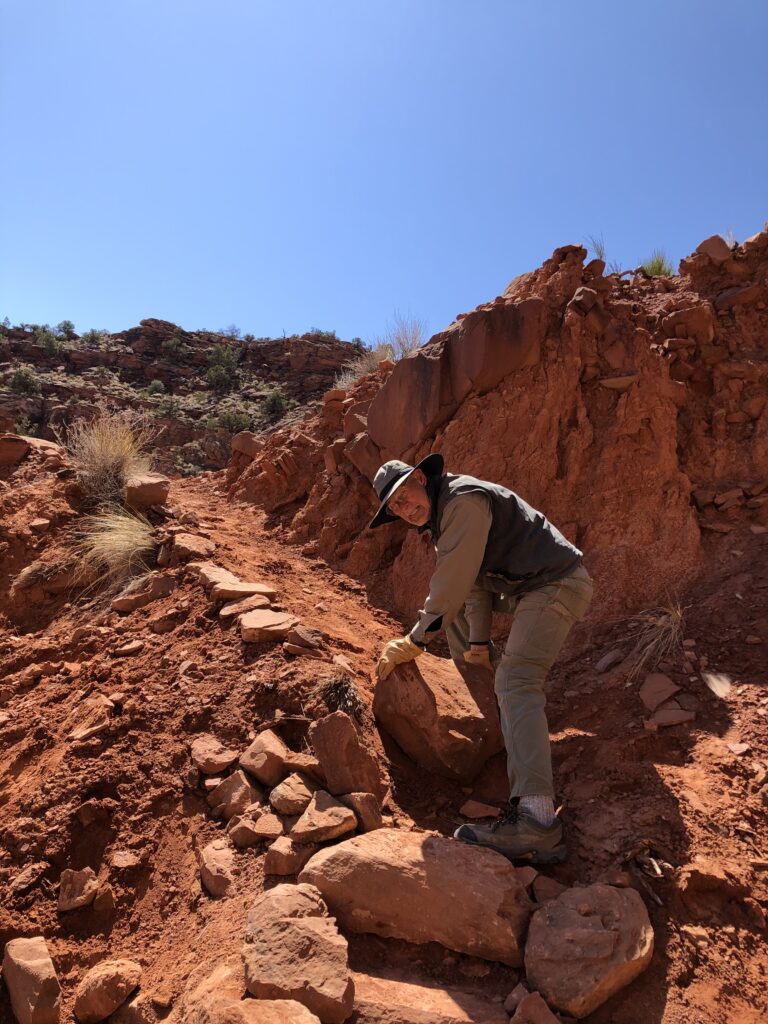
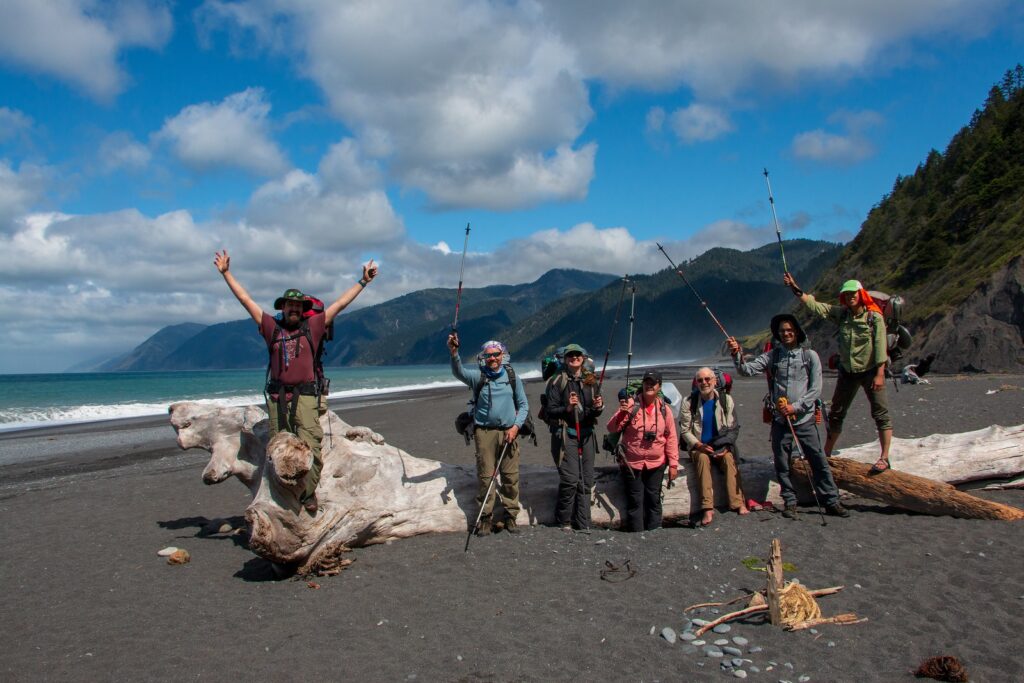


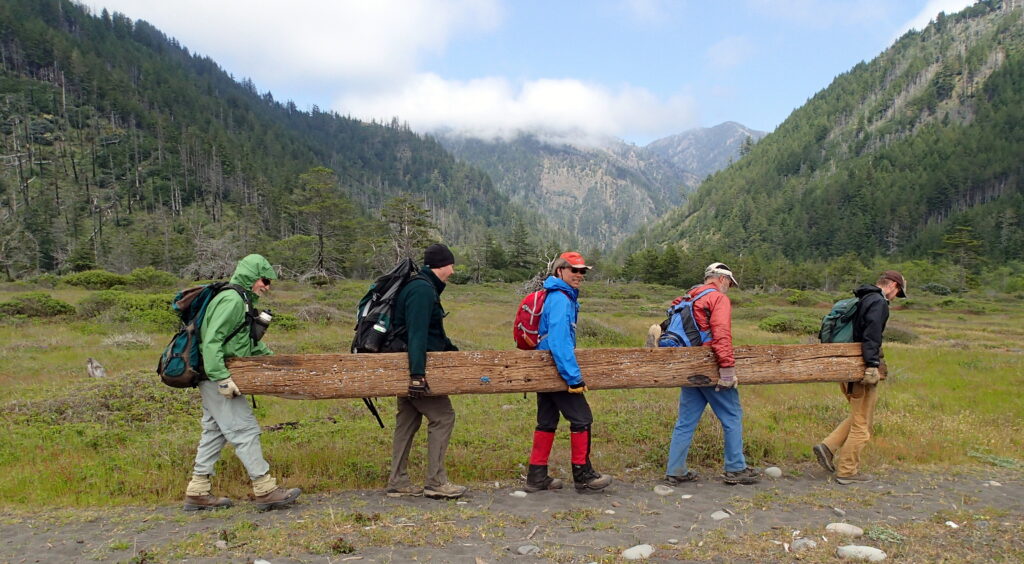
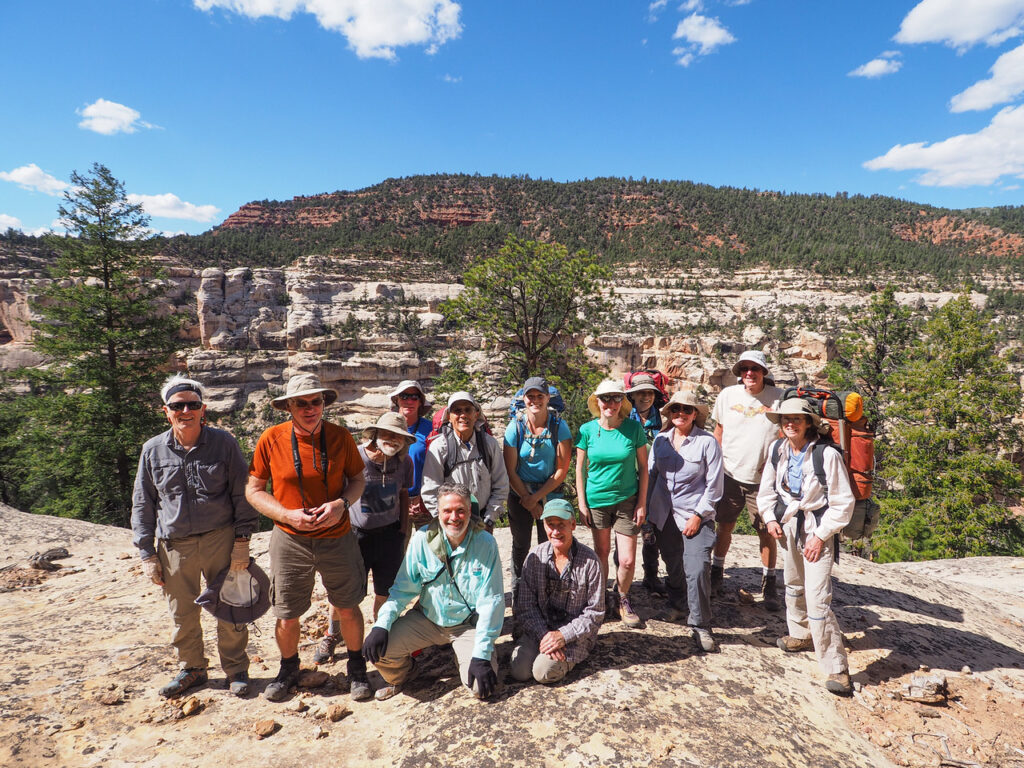
Copyright St. George News, SaintGeorgeUtah.com LLC, 2022, all rights reserved.

